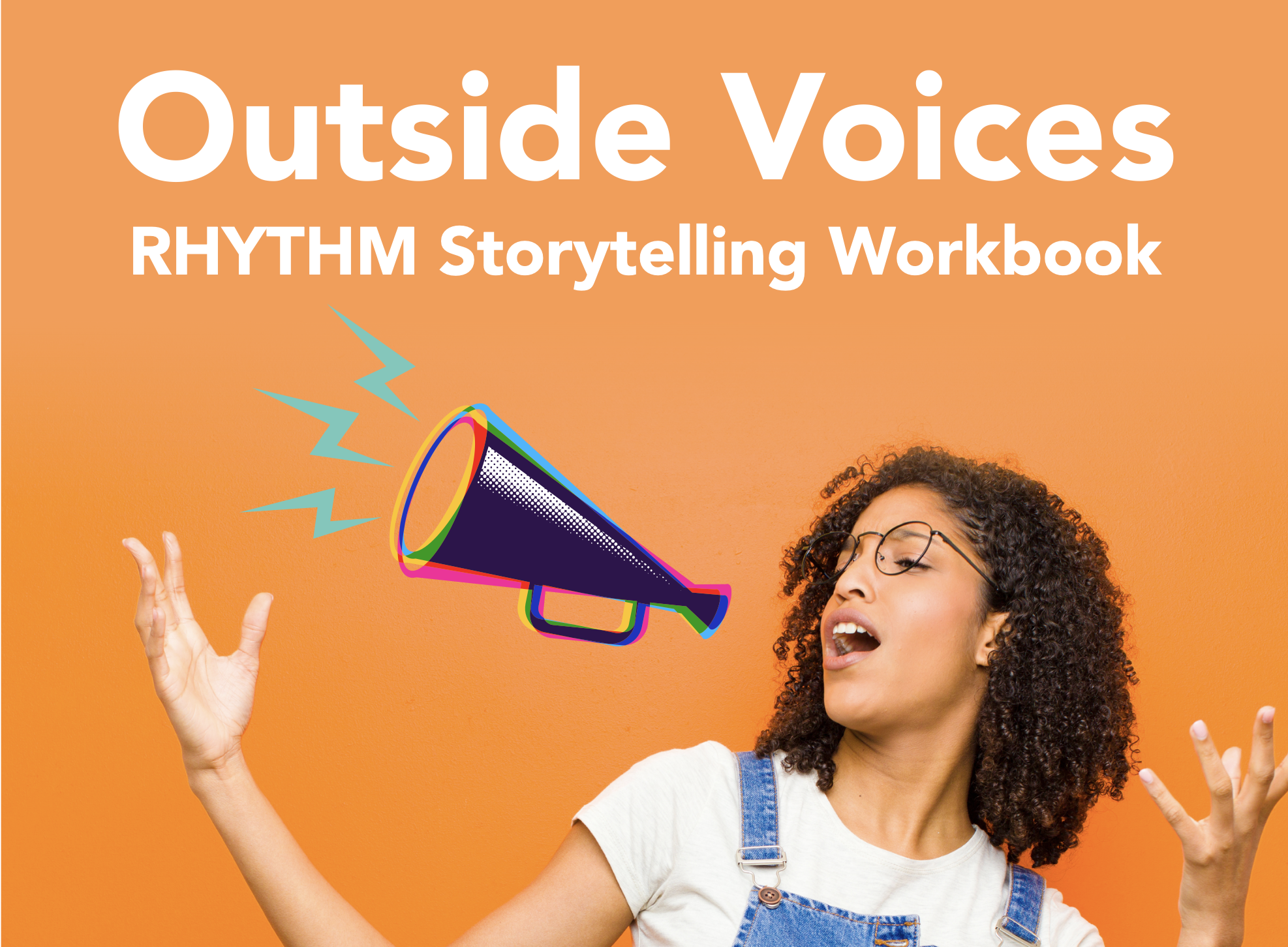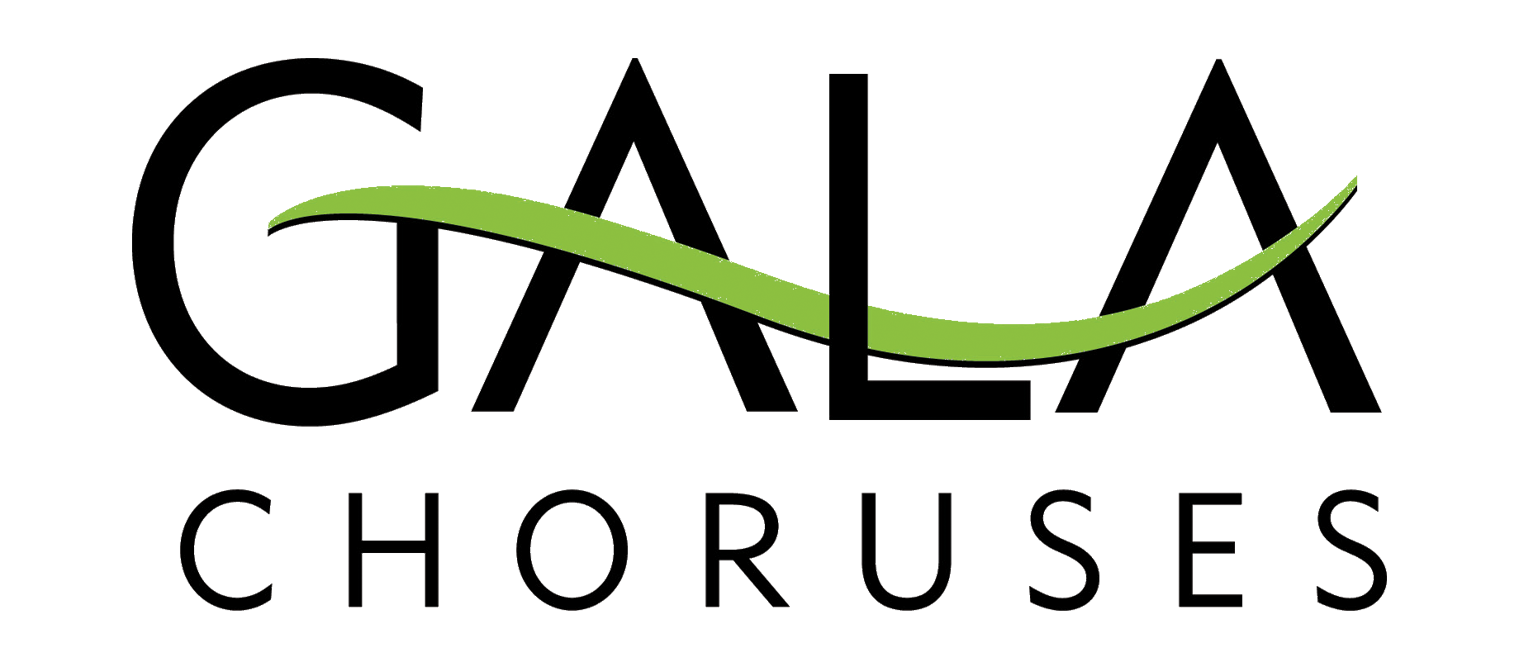In this unit, we will explore the power and importance of storytelling, learn to craft our own story through performance art, and build our skills to perform our stories from a place of power.

“Many stories matter. Stories have been used to dispossess and to malign. But stories can also be used to empower, and to humanize. Stories can break the dignity of a people. But stories can also repair that broken dignity.”
– Chimamanda Ngozi Adichie, author
In this unit, we will explore the power and importance of storytelling, learn to craft our own story through performance art, and build our skills to perform our stories from a place of power.
A Note on Safety and Self-Care
Sharing our stories can be deeply personal and some people may feel at risk sharing components of their identity in a public space (this can be especially true for those from historically marginalized communities such as those who are differently abled or identify as LGBTQ+). Developed safe space norms can be helpful in providing the opportunity to courageously share our personal experiences. The following norms (four from the outstanding book, Courageous Conversations About Race and two additional from our team) can be a strong place to start, but having a brief conversation to establish the norms for your community can be a good way to begin this unit.
- Stay engaged – Remain morally, emotionally, intellectually, and socially involved in the dialogue.
- Experience discomfort – Discomfort is inevitable, especially in dialogue about aspects of identity.
- Speak your truth – Be open about thoughts and feelings and work against saying just what you think others want to hear.
- Expect and accept non-closure – We are going to focus on small moments in our lives, meaning that there will be much more we wish to share or hear from others.
- What we share stays here, what we learn goes with us – We will be hearing each others’ stories, ones we may select to share publicly and others we may not. This space is confidential, and we will not share each others’ stories outside of this space.
- Don’t yuck my yum or yum my yuck – Our experience and stories are just that – ours. What may make me happy may make you sad, based on your experience, and what you experienced as tragic may seem trivial to me, based on my experiences. We commit to not diminishing another person’s experience based on our own.
Using this Guide
This guide has been designed to be useful in a host of settings – from the traditional classroom to GSA meetings or other club uses. As designed, the lesson plans are built for 30 minute sessions, with approximately 20-45 minutes of homework to be completed prior to the next session. Lessons could easily be expanded beyond 30 minutes by providing additional practice or individual time to work on performance pieces, or by integrating the homework into the lesson time. Lessons can also be shortened to fit club times that might be occurring during lunch – club facilitators should skip the “Do Now” during the club meeting and integrate that work into homework. As such, folks shortening these lessons will need to ensure that students are completing their homework and practicing on their own time in order to be adequately prepared for their final presentation.
Below, you will find an overview of all sessions to help you to effectively plan your time.
| Lesson # | Do Now | Lesson Materials | Homework |
| 1 | Story Summary (6 min) | Story Exploration (20 min) | If you really knew me. . . Worksheet (20 min) |
| Objective: Students will be able to define storytelling, identify well-known stories that impact the American experience, and explain three reasons that storytelling is important to social action. | |||
| 2 | Read Medium Article (6 min) | Crafting Your Story Worksheet (20 min) | Explore narrative pieces and finish worksheet (20 min) |
| Objective: Students will be able to identify the key components of a successful story (protagonist, lightbulb moment/climax, obstacles and goals, transformation/realization) and formulate their first draft of their story. | |||
| 3 | Partner Share (4 min) | Draft Your Piece (20 min) | Complete Draft (30 min) |
| Objective: Students will transform their story into a draft performance art piece that is 2-5 minutes in length and is appropriate for a public audience. | |||
| 4 | Read Article (8 min) | Revise Piece (20 min) | Practice Piece (30 min) |
| Objective: Students will edit their performance piece using recommendations from articles. | |||
| 5 | Emotional Response (5 min) | Partner Share (20 min) | Revise and Practice (30 min) |
| Objective: Students will perform their pieces in front of partners to continue to revise and improve their performances. | |||
| 6 | None | Partner Share or Present in front of Group (20 min) | Practice for final performance, if applicable and upload materials (30 min) |
| Objective: Students will be prepared for a final performance of their piece. | |||
